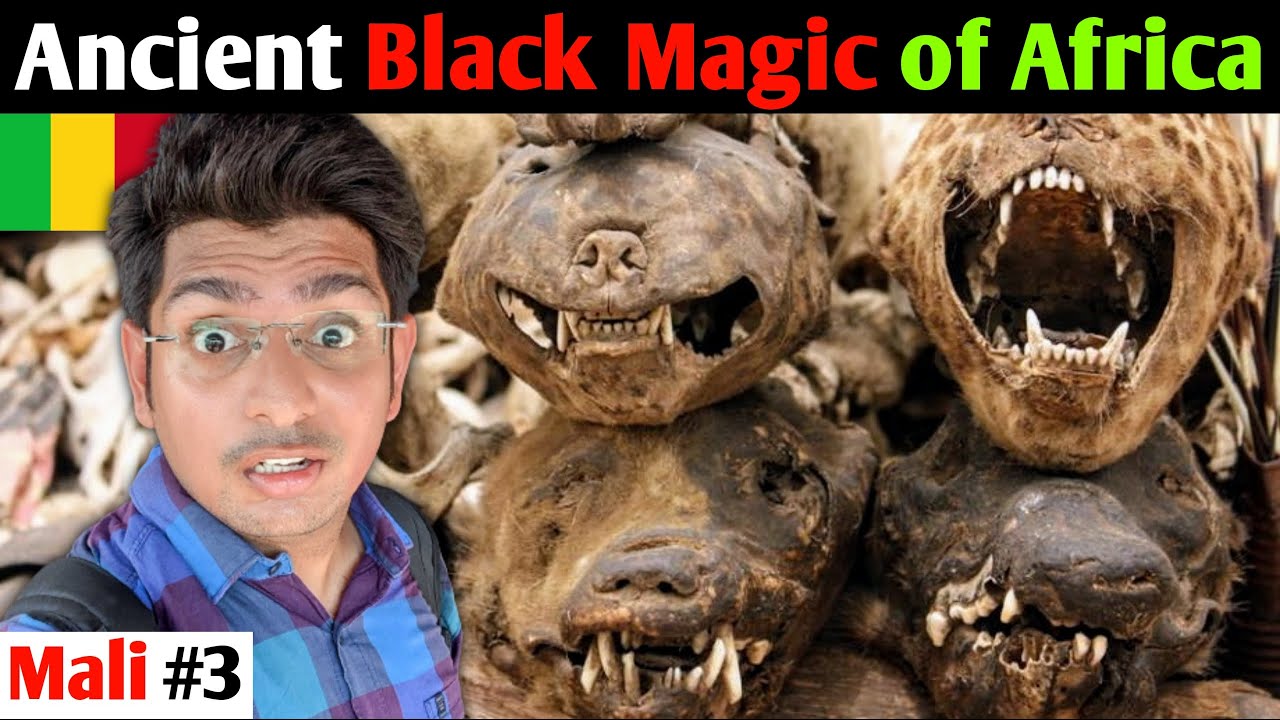In Mexico, the Day of the Dead (Día de los Muertos) is not a mournful occasion but a vibrant celebration of life and death. Rooted in indigenous traditions, this annual event brings together families and communities to honor their departed loved ones. Among the myriad of festivities that take place during this time, one of the most enchanting is the Magic Market. It’s a celebration of culture, tradition, and spirituality, where the living and the dead come together in a kaleidoscope of colors, scents, and flavors.
Origins and Significance
The Day of the Dead traces its roots back to ancient Mesoamerican civilizations such as the Aztecs, who revered death as a natural part of life’s cycle. When Spanish conquistadors arrived in the 16th century, they encountered these rituals and integrated them with Catholic traditions, resulting in the modern-day celebration observed in Mexico and parts of Central America.
Central to the Day of the Dead is the belief that during this time, the spirits of the deceased return to the earthly realm to be with their loved ones. Altars, or ofrendas, are meticulously adorned with marigolds, candles, photographs, and offerings of the deceased’s favorite foods and drinks to welcome them back. Families gather in cemeteries to clean and decorate graves, sharing stories and memories as they commune with the spirits.
The Magic Market: A Feast for the Senses
At the heart of the Day of the Dead festivities lies the Magic Market, a bustling hub of activity that captivates visitors with its array of sights, sounds, and aromas. The market typically springs to life in the days leading up to the main celebrations on November 1st and 2nd, filling the streets with vibrant energy and excitement.
Colorful Displays:
As visitors weave their way through the market stalls, they are greeted by a riot of colors. Brightly painted papel picado (perforated paper) flutters in the breeze, creating a canopy of intricate designs overhead. Traditional Mexican textiles, adorned with intricate embroidery and vibrant patterns, drape the stalls, adding to the kaleidoscope of hues.
Artisanal Crafts:
The Magic Market is a treasure trove of artisanal crafts, showcasing the talent and creativity of local craftsmen and women. Intricately carved wooden masks, handcrafted ceramics, and delicate papel mache figurines line the stalls, each one a testament to Mexico’s rich cultural heritage. Visitors can watch artisans at work, shaping clay into intricate designs or weaving intricate patterns into textiles.
Culinary Delights:
One of the highlights of the Magic Market is undoubtedly its culinary offerings. The air is filled with the tantalizing aroma of traditional Mexican dishes being prepared on open grills and in steaming pots. From tamales and tacos to pozole and mole, there is no shortage of delicious fare to sample. Vendors also tempt passersby with an array of sweet treats, from sugar skulls to pan de muerto (bread of the dead), each one a symbol of the celebration.
Musical Performances:
Music is a central element of the Day of the Dead festivities, and the Magic Market is no exception. Throughout the day, live bands and performers take to makeshift stages, filling the air with the lively rhythms of mariachi, salsa, and traditional folk music. Visitors are encouraged to join in the festivities, dancing and singing along with the performers as they celebrate life and death.
Spiritual Offerings:
Amidst the hustle and bustle of the market, there are moments of quiet reflection and spirituality. Shamans and spiritual leaders offer blessings and cleansing rituals, invoking the spirits of the departed and honoring their memory. Visitors can participate in these rituals, offering prayers and intentions for their loved ones who have passed on.
Embracing Tradition in a Modern World
While the Magic Market is steeped in tradition, it also reflects the evolving cultural landscape of modern-day Mexico. Alongside traditional crafts and offerings, visitors will find nods to contemporary pop culture, with vendors selling merchandise adorned with images of iconic Mexican figures such as Frida Kahlo and luchador wrestlers.
The market also serves as a platform for social and political commentary, with artists using their craft to address issues such as social inequality, environmental degradation, and political corruption. Murals and graffiti art adorn the walls surrounding the market, serving as a reminder of the power of art to provoke thought and inspire change.
A Celebration of Life and Remembrance
As night falls and the candles flicker on ofrendas across the city, the Magic Market takes on a magical quality. The boundaries between the living and the dead blur, as families come together to honor their ancestors and celebrate the eternal cycle of life and death. It’s a time of joy and reflection, of laughter and tears, as memories are shared and loved ones are remembered.
For visitors to Mexico, experiencing the Magic Market during the Day of the Dead festivities is an unforgettable experience. It’s a chance to immerse oneself in the rich cultural tapestry of Mexico, to witness firsthand the beauty and resilience of a people who have embraced death as an integral part of life. And as the echoes of music and laughter fade into the night, one thing becomes abundantly clear: in Mexico, death is not an end, but a beginning—a celebration of life’s eternal journey.



